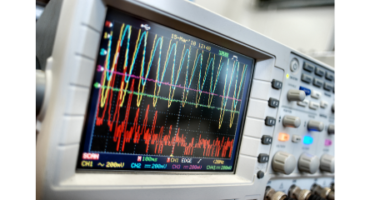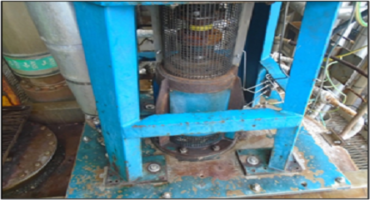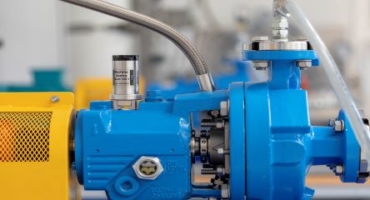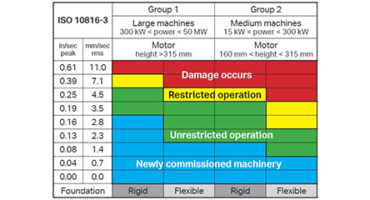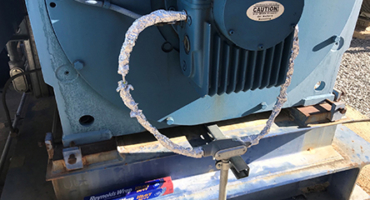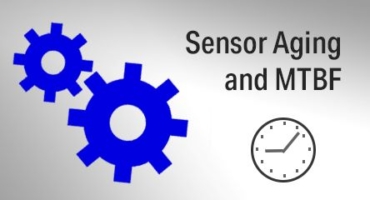Vibration Analysis
Automatic RPM Identification From Vibration Data
Vibration analysis requires a correct identification of the rotational speed of the machine. How the different frequencies of the spectrum are related to RPM, identifying with high accuracy the order of each frequency, is essential for the analysis process.
- TWave
- TWAVE
Reducing Vibration of Pump Bearing Housing
AVT Reliability® has been involved in resolving a wide range of high operational vibration issues with plant and machinery and including pipework vibration. This has led AVT Reliability® to design and develop a comprehensive range of versatile vibration solutions.
- AVT Reliability
How to Analyse a Bearing Condition
This case study is done in association with a global rail company where VibCloud is utilised for ongoing locomotive monitoring for many years now. Case study demonstrates how to analyse vibration in order to determine bearing condition.
- Petar Spaseski
- iTnnovate
Machine Sentry, Making Condition Monitoring Easy
In this interview, Oliver will discuss how to make condition monitoring easy this interview will also discuss how vibration can be used and collected.
- Oliver Pogmore
- AVT Reliability Ltd
Meet MOBIUS CONNECT Ambassador: Ramy Kamal
Ramy Kamal works as a Condition Monitoring Department Supervisor in Atlasco Egypt for more than 7 years. He started his career with vibration Analysis through Mobius Training CAT I which make him move in this career and became an expert in Vibration Analysis. He is also certified in Machinery Lubrication and Ultrasound. As a Brand Ambassador for MOBIUS CONNECT, Ramy....
- Ramy Kamal
- Atlasco Egypt
Making It In A High Frequency World Striving for High-Frequency Industrial Accelerometers
As predictive maintenance teams in industrial facilities strive for a more complete picture of their equipment’s health, high frequency vibration measurements have become a crucial addition to identify faults such as motor and pump bearing defects and gear tooth inconsistencies in high-speed gearboxes. As a result, there is an upsurge in demand for vibration sensors with a high frequency response.
- Bob Martin
- IMI Sensors
Simplified Vibration Monitoring: ISO 10816-3 Guidelines
The ISO 10816-3 standard provides criteria for evaluating the vibration of machinery according to measurements taken on non-rotating parts, such as bearings, bearing pedestals, or housings. It serves as a general guideline for determining overall machine condition based on the magnitude of vibration and changes in vibration levels over time. While these aren’t always the only factors that need to be considered when identifying faults, the standard is very useful for performing basic vibration analysis.
- Elise Brannon
- Wilcoxon Sensing Technologies
Proper Grounding Techniques – Avoiding Radio Frequency Interference
Interference of electrical signals, whether through radio frequencies (RF), electromagnetic forces (EMI) or other sources, has long been recognized as an issue that can plague accelerometer applications. This electrical interference can manifest as increased noise, signal interruption, or erroneous data altogether, eroding trust in the measurement system and complicating machine fault analysis.
- Peter Eitnier
- Wilcoxon Sensing Technologies
Sensor Aging and MTBF
Most general-purpose industrial accelerometers tend to come with lifetime warranties so that if anything should happen within the boundaries of normal usage, you can receive a replacement quickly enough and get your vibration monitoring program back on track
- Peter Eitnier
- Wilcoxon Sensing Technologies
- 1
- …
- 9
- 10
- 11
- 12
- 13
- …
- 28

